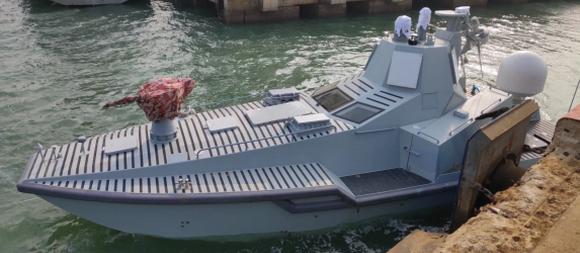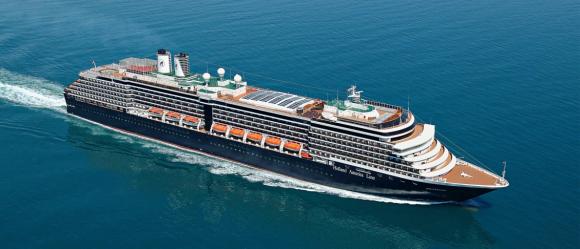 The legend of the Flying Dutchman tells of a ship that can never make port and is doomed to sail the oceans forever. The roughly 2,200 passengers and crew of Holland America’s MS Westerdam must feel a bit like the legendary Dutchman. Despite have no recorded cases of the coronavirus aboard, the ship has been turned away by no fewer than five ports in Taiwan, Japan, the Philippines, Guam and most recently Thailand.
The legend of the Flying Dutchman tells of a ship that can never make port and is doomed to sail the oceans forever. The roughly 2,200 passengers and crew of Holland America’s MS Westerdam must feel a bit like the legendary Dutchman. Despite have no recorded cases of the coronavirus aboard, the ship has been turned away by no fewer than five ports in Taiwan, Japan, the Philippines, Guam and most recently Thailand.
The ship sailed from Hong Kong on February 1 for a 14-day cruise to Taiwan and Japan. So far the ship has made no port calls since Hong Kong, and it is unclear when the passengers will be able to disembark. Reports yesterday that the ship would dock in the port of Laem Chabang in Thailand and that the passengers would be allowed off the ship. Nikkei Asian Review reports that amid heightened public concern, officials ultimately changed their minds citing public panic that has spread online over news of the virus, which has led to more than 1,000 deaths in China.

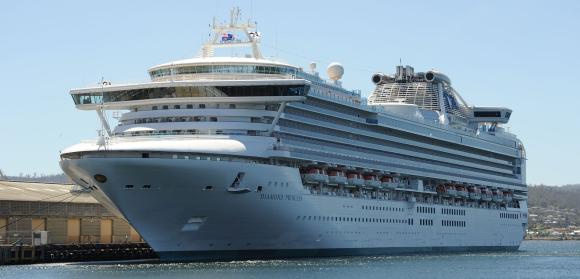 Overnight the number of passengers and crew onboard the cruise ship Diamond Princess who have tested positive for the coronavirus has nearly doubled, from 70 to 136. An additional 66 people on board the quarantined cruise ship have tested positive for the virus. Among those testing positive are 23 Americans. The ship is being held in quarantine in the port of Yokohama, Japan.
Overnight the number of passengers and crew onboard the cruise ship Diamond Princess who have tested positive for the coronavirus has nearly doubled, from 70 to 136. An additional 66 people on board the quarantined cruise ship have tested positive for the virus. Among those testing positive are 23 Americans. The ship is being held in quarantine in the port of Yokohama, Japan.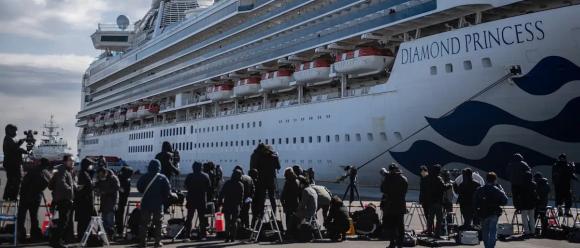 We recently
We recently 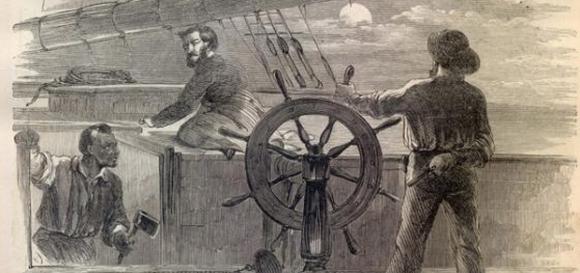 A repost in honor of Black History Month.
A repost in honor of Black History Month. 
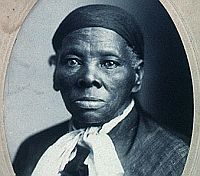 In honor of Black History Month, here is a throwback Thursday repost of a story I think is well worth telling and retelling.
In honor of Black History Month, here is a throwback Thursday repost of a story I think is well worth telling and retelling. 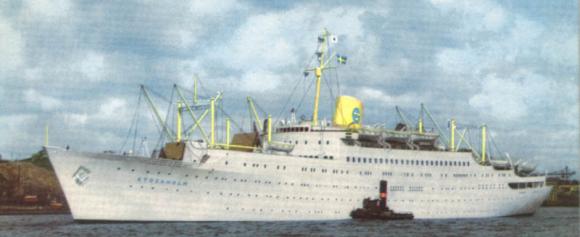
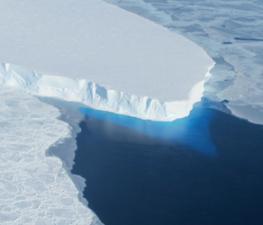 As has so often been the case, predictions of the impact of climate change have been proven to be inaccurate. The problem is not that they have been too alarmist, but that they haven’t been alarmist enough. For the past several years, scientists have warned of the
As has so often been the case, predictions of the impact of climate change have been proven to be inaccurate. The problem is not that they have been too alarmist, but that they haven’t been alarmist enough. For the past several years, scientists have warned of the  About a year ago
About a year ago  In honor of Black History Month, a post about the first African-American pilot in the US Navy,
In honor of Black History Month, a post about the first African-American pilot in the US Navy, 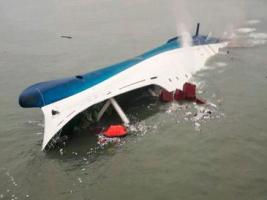 On the morning of April 16, 2014, the ro-ro/passenger ferry
On the morning of April 16, 2014, the ro-ro/passenger ferry 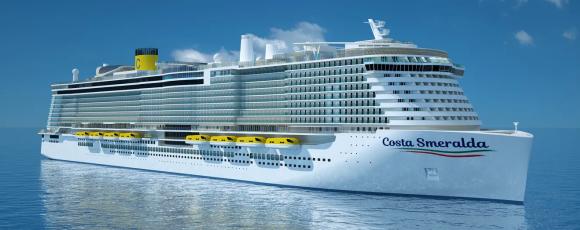 UPDATE: The illness which sickened a passenger was determined not to be the coronavirus and the 6,000 passengers and crew were allowed to disembark from the Costa Smeralda. Two cases of the coronavirus, not related to the cruise ship, were diagnosed in Rome, however.
UPDATE: The illness which sickened a passenger was determined not to be the coronavirus and the 6,000 passengers and crew were allowed to disembark from the Costa Smeralda. Two cases of the coronavirus, not related to the cruise ship, were diagnosed in Rome, however.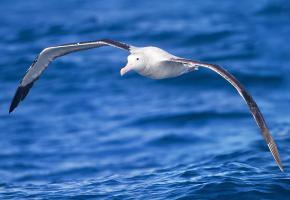 Four years ago, we
Four years ago, we 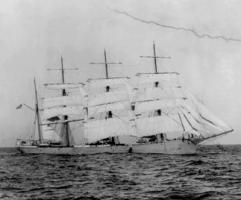 On January 28, 1915, the US flag four-masted bark
On January 28, 1915, the US flag four-masted bark  More than thirty years ago, I sat on the rotting planks of the old Pier 17 in the East River in Manhattan and listened to Bernie Clay and the X-Seaman’s Institute sing a song about the schooner Alice S. Wentworth. The song became known as the “
More than thirty years ago, I sat on the rotting planks of the old Pier 17 in the East River in Manhattan and listened to Bernie Clay and the X-Seaman’s Institute sing a song about the schooner Alice S. Wentworth. The song became known as the “ On New Year’s Eve, in 20-foot seas and high winds, the 130′ crab boat
On New Year’s Eve, in 20-foot seas and high winds, the 130′ crab boat 